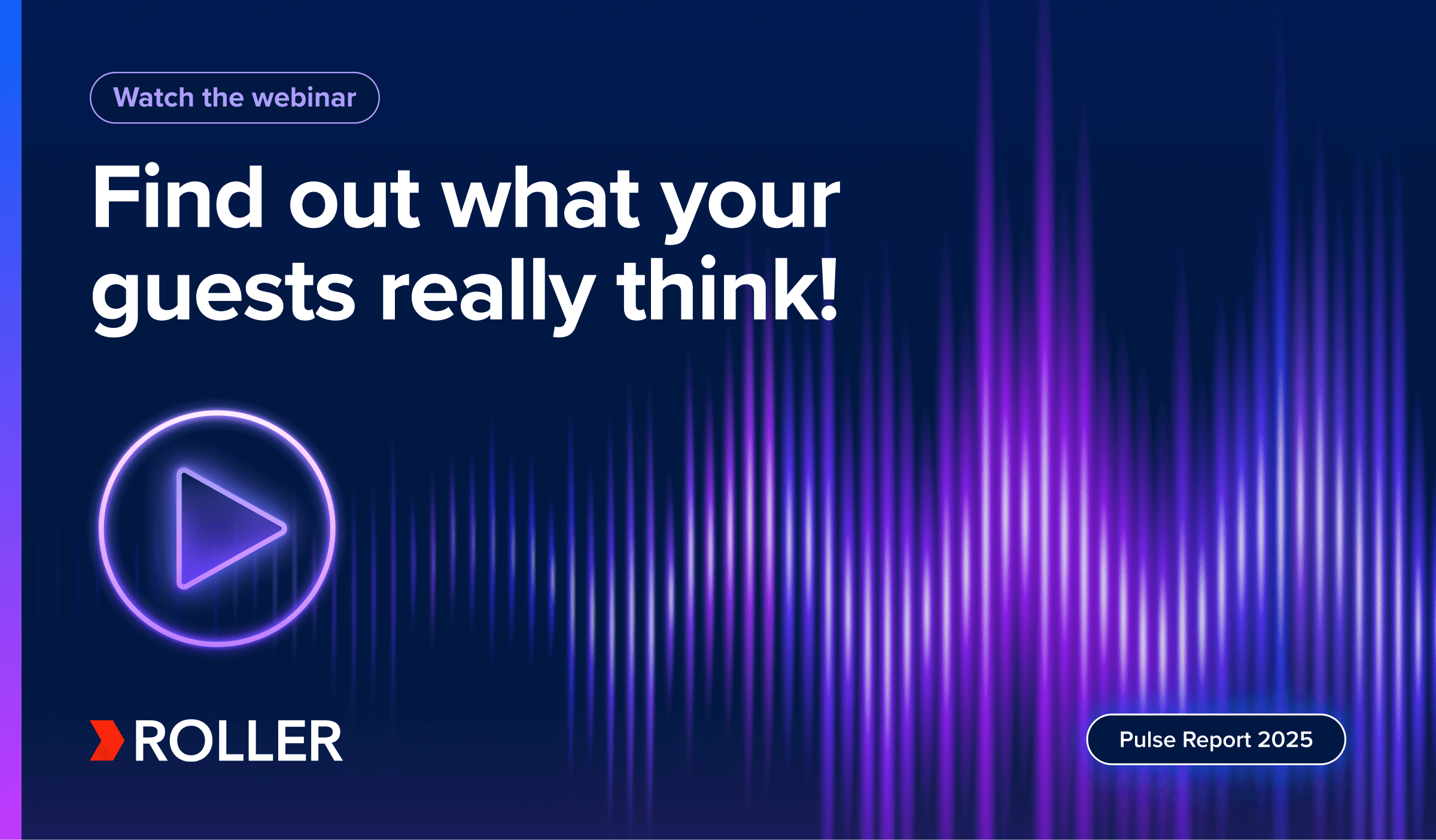6 critical Guest Experience considerations when implementing new technology

Technology has always played a critical role in the guest experience within the attractions industry.
In order to stay competitive and continually improve, operators must be in-tune with the latest technological innovations and also be a contributing partner in the innovation process, from concept through completion. Those who sit on the sidelines are the first ones to fall behind their competitors who are staying ahead of the curve and helping to identify what new technology their attraction needs to push into the future.
This “innovate or die” mindset can be daunting, so we’ll need to add some context that can help. When it comes to implementation, there are several factors to consider as it relates to your guest experience to ensure the highest success.
1. Will your guests adapt to it?
How big is the learning curve that your guests will need to surpass in order to gain the most benefit? When guests are first introduced to new technology, it must be easy for even the least savvy, especially if it is a requirement to participate. For example, the QR code was first introduced in 1994; however, widespread adoption did not occur until 2020 when many businesses started to require the use of QR codes for such things as accessing menus and checking - primarily a result of trying to reduce the spread of COVID19. in. This also required smartphone capabilities to allow easier QR code use by implementing a reader directly into the camera, removing the additional step of downloading a required app.
2. Does the tech remove a friction point?
Eliminating friction is one of the most effective ways to improve guest experience, and technology should be a part of this goal. Removing friction is a “defense strategy” that improves the experience by removing annoyances, or flat-out unnecessary steps. When guests spend longer on your website, make an unnecessary phone call, wait in line longer than necessary, or spend more time finding an answer to a question or request, these can interrupt their experience and lead to declining satisfaction. Technology should remove or reduce friction that guests encounter when doing business with you. If new technology creates unintended stress, takes additional time, or requires more actions from your guests, you might want to reconsider how it’s being incorporated, especially if it fails to meet your guests’ shifting expectations.
The less hoops a guest has to jump through in order to have the experience that they intend to
have, the better technology will solve the problem.
3. Does the tech focus on convenience?
If eliminating friction is a defense strategy, think of convenience as playing offense. Making your guest experience more convenient should be a high priority, such as an intuitive user experience on your website or mobile app, timed entry to guarantee a reservation, virtual queueing, or mobile food & beverage ordering.
Pricing strategies can also be made more convenient with applicable technology. A monthly membership that automatically charges a guests’ credit card each month is a more convenient alternative to an upfront annual pass purchase, especially when catering to families. When your new technology focuses on convenience, you not only create a better experience, but you make it easier to do business with you.
Side note: think about the businesses that make it convenient to work with. Do you find yourself
either spending more money with them, or at least buying with them compared to their
competitors? That’s the convenience advantage.
4. Is it useful, or is it tech for tech’s sake?
When considering new technology, make sure you avoid putting a square peg in a
round hole.
There must be a symbiotic relationship between the technology as the solution and the problem you are looking to solve. Oftentimes businesses may be excited to embrace new technology before they define how it will fit into their operation and the goals they are looking to achieve, and before they incorporate additional infrastructure needed in order for it to operate successfully. For instance, a mobile app for your attraction can be compelling and bring a variety of benefits – however, in order for it to be successful it must offer more than information and visual aesthetics; it must also remove friction and add convenience, while also ensuring that you still offer traditional alternatives for guests who might not download the app or have a smartphone. A dead battery or poor cell reception shouldn’t be the reason guests don’t spend money.
5. Can your new tech backfire easily?
As the previous considerations mentioned, technology should make the guest experience easier and more enjoyable. When not implemented correctly, not only does that fail to eliminate friction, but inadvertently creates more friction, which compounds frustration. Virtual queuing is a prime example of technology that requires consideration of all ancillary factors that contribute to its effectiveness. How does a virtual queuing/reservation system react to operational downtimes or weather-related closures? If a guest’s reservation to ride is at 3pm yet a thunderstorm has prompted a temporary closure, does the guest simply come back when the ride reopens? What about all guests with later reservations, how will they be impacted? What if the platform goes down for a period of time? Do you have a backup plan or a park full of guests who are all frustrated for the same complaint? New tech like virtual queueing is not always plug and play – it requires mapping out all operational circumstances.
6. Does it serve YOU, or just your guests?
Until now, these considerations serve your guests and show how technology can and should enhance the experience. To extend this, technology should be directly serving you, the operator, as well. New technology means more data, and more data means more intelligence. By pulling in the data from multiple GX tech sources, you can make more informed decisions that are backed by the numbers. Aligning your ticket sales data with consumer analytics data can help identify what days of the week and times of day guests are having a better or worse experience, which helps guide you to where root causes of issues may lie. Having the ability to fix those problems creates a long-term success plan for your business.
With new solutions being introduced on a regular basis, recognizing how technology plays a
role in your guest experience can help with selecting what is best for your business, and how to
best implement it to best exceed expectations, and yield the greatest response from your
guests.
Related articles


2025 Pulse Report Webinar: Operators Unpack the Guest Insights

Indoor Playground Software Buyer’s Guide: How to Compare POS Systems and More
Enhance your guest experience
Get free education, tips and inspiration to help you run a successful venue.